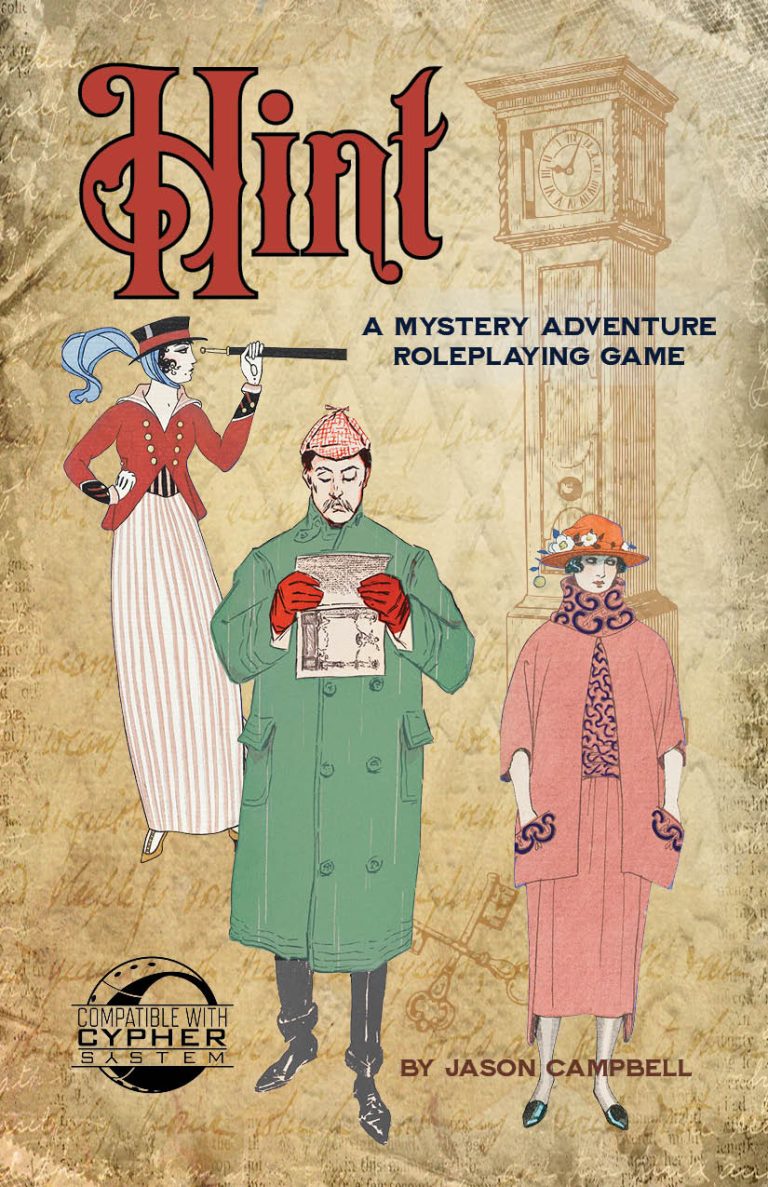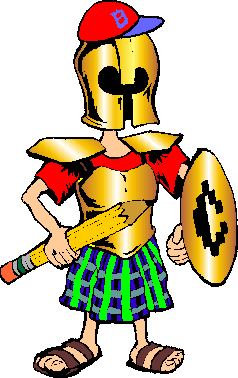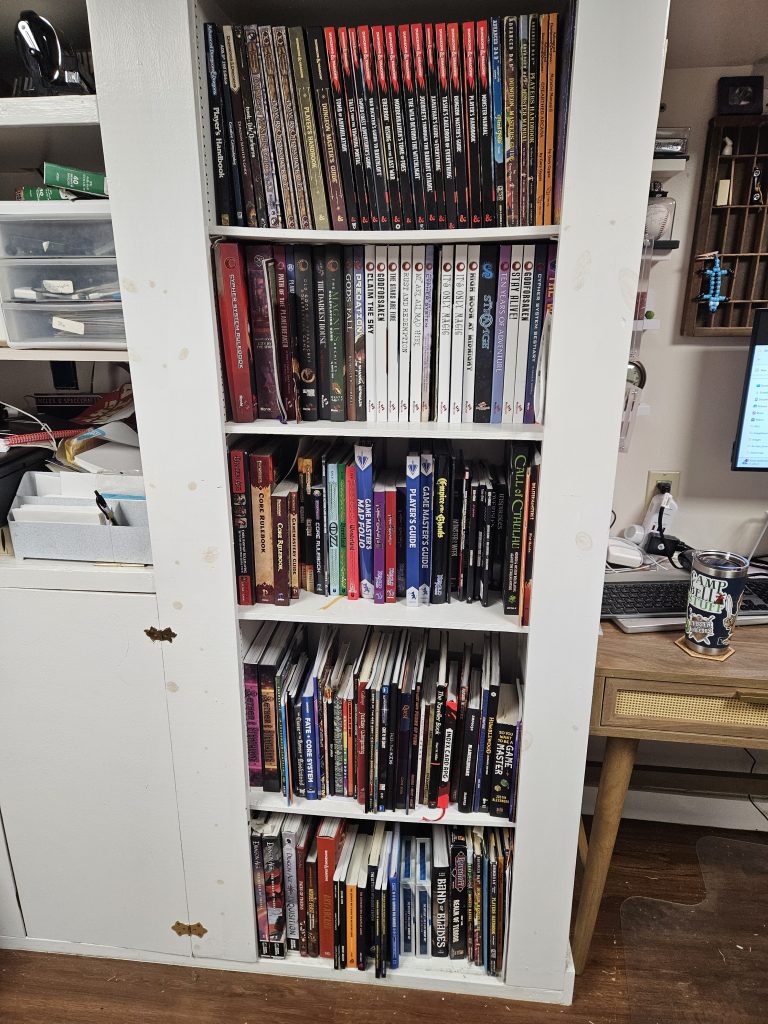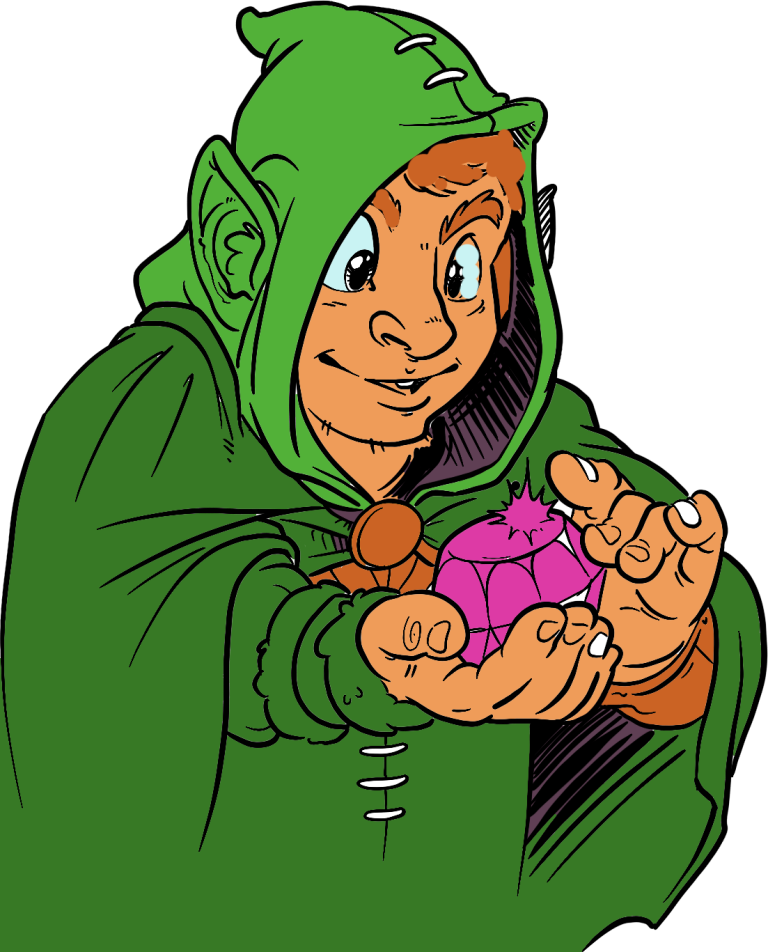By Jason Campbell
What defines your character in a RPG? Is it your personality? Your strengths and flaws? Your rich backstory? Many people would say it’s largely your character’s class. Of course there are many skill based and story based games that don’t have classes for player characters, but for better or worse, Dungeons & Dragons as the first role playing game established class based RPG as a precedent and many games followed. Even games like the Powered by the Apocalypse system use a similar mechanic called playbooks. But think of it this way, if a group of players wants to create a “well balanced” party of characters, would they look at having different personality types, or even different species? In most cases players will look at class as the first deciding factor.
So if we take a designer’s level view of RPGs, how many classes is enough, and when is it too many? In the first version of Dungeons & Dragons (the little brown books) there were only 3 classes at first; fighting men, magic-users and clerics but that was soon expanded. The first Advanced Dungeons & Dragons Players Handbook featured 5 base classes with 5 sub classes and the optional bard class. Adding classes has been a popular activity in game design since then with some game systems boasting dozens of classes and subclasses and others trying to limit to a smaller number.
The question of how many classes is best will bring us back around to what defines your character. If your fantasy game system has a warrior and knight class but you want to play a character like Legolas, does that fit, or would you prefer there be a ranger or archer class? If you want to play a stealthy assassin for hire, if your game has a thief class, is that close enough? There may be different answers depending on which philosophy you adhere to:
- There should be a class for every possible character trope in your genre.
- There should be very few classes and the way you role play your character differentiates them.
One thing that tends to muddy the question is the publishing business of RPGs. Wizards of the Coast/Hasbro learned early on that if you publish an adventure path you’d only attract only Dungeon Masters which are about 20% of the D&D audience, but if you add in new subclasses you’d attract players as well, increasing your sales. So while the 2014 players handbook contains 12 classes, each with a few subclasses, most of the books published since then added more subclasses (and one base class), greatly expanding character options. Does this expand options for players, or is it just making the rules overly complicated?
Let us know what you think in the comments below!





